Search
Search Results
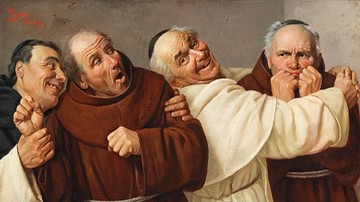
Article
The Daily Life of Medieval Monks
Life for monks in a medieval monastery, just like in any profession or calling, had its pros and cons. While they were expected to live simply with few possessions, attend services at all hours of the day and night, and perhaps even take...
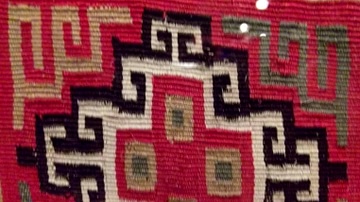
Article
Inca Textiles
For the Incas finely worked and highly decorative textiles came to symbolize both wealth and status, fine cloth could be used as both a tax and currency, and the very best textiles became amongst the most prized of all possessions, even more...
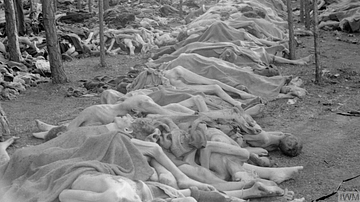
Article
Eyewitness Accounts of the Holocaust
The Holocaust was the murder of 6 million Jewish people by the SS, Gestapo, and other organisations of Nazi Germany and its allies in the years prior to and through the Second World War (1939-45). Innocent men, women, and children were shot...
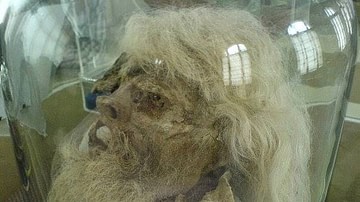
Article
Ancient Iranian Salt Mine Mummies
As a young girl interested in archaeology and history, mummies always intrigued me. From the intricate Egyptian mummies to the naturally and beautifully preserved mummies of the Incas, they seemed to me to be beautiful pieces of art containing...
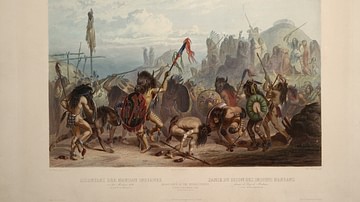
Article
Mandan Buffalo Dance
The Mandan Buffalo Dance is a ceremonial ritual observed in the modern era to honor the spirit of the buffalo and preserve Native American cultural traditions and was performed in the past for the same reasons just prior to the buffalo-hunting...
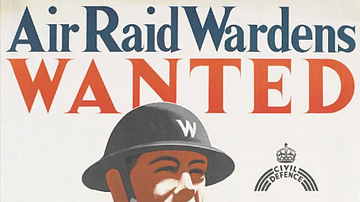
Article
Volunteer Services in the London Blitz
An army of 250,000 volunteers, both men and women, working in many different services, ensured life went on during the London Blitz, a period of sustained bombing by the German Air Force on the British capital between September 1940 and May...
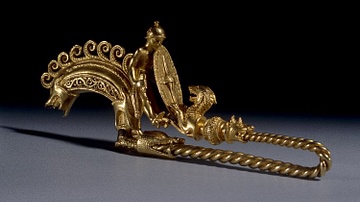
Article
Celtic Brooches - The Jewellery of the Ancient Celts
Ancient and medieval Celtic cultures produced many forms of jewellery, and one distinctive category is their brooches, fibulae, and pins. Without zips and buttons, brooches were used to close items of clothing, to create a pleasing or fashionable...
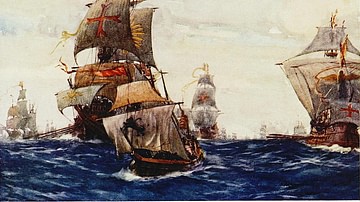
Article
The Extraordinary Journey of David Ingram
David Ingram was an Elizabethan explorer who famously walked over 3500 miles from Veracruz to New Brunswick in 1568-9. In 1567, Ingram had sailed down the Thames on the flagship Queen Elizabeth I of England (r. 1558-1603) had loaned John...
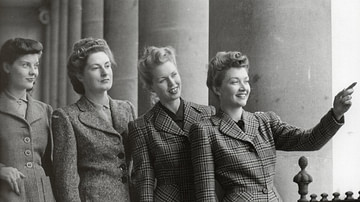
Image
1940s Utility Fashion
Utility fashion, a consequence of wartime fabric and clothing rationing, made its appearance in the 1940s, with all-purpose suits that could be worn in any circumstance and which were very warm to cope with the harsh winters of the time.
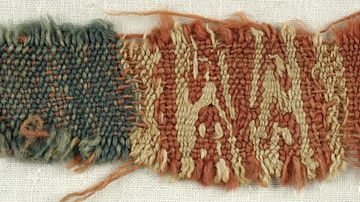
Image
Detail of Coptic Wool Textile
This colourful fragment of a tabby weave is an example of Coptic art. While linen was the preferred textile of ancient Egypt, wool became increasingly important during the Ptolemaic and Roman periods. By Late Antiquity, woolen garments had...